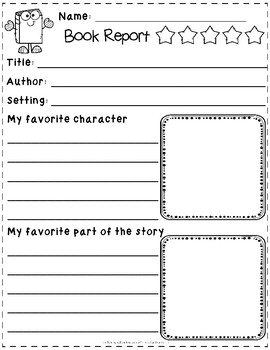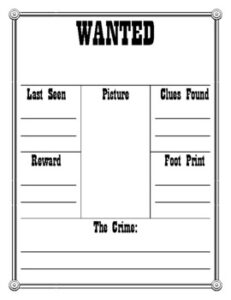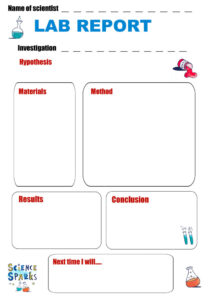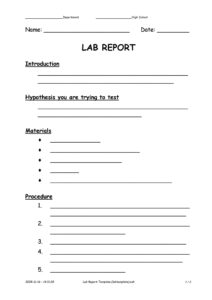Helping a first grader dive into the world of books is an incredibly rewarding experience. They are at an age where their imagination is soaring, and every new story feels like a grand adventure. As they start to become more confident readers, you might find yourself thinking about how to help them share their excitement about the stories they’re exploring. This is where the idea of a book report comes in, not as a daunting task, but as a fun way to articulate their thoughts and understanding.
For little ones, the thought of a "report" can sound a bit overwhelming. That’s why having a structured yet simple approach is key to making the process enjoyable and educational. It’s all about breaking down the essence of a story into bite-sized, manageable pieces that a six or seven-year-old can easily grasp and express. The goal isn’t just about comprehension; it’s about fostering a love for reading and building confidence in their ability to communicate.
This article is designed to guide parents and educators through creating and using an effective 1st grade book report template. We’ll explore what elements are most important for this age group, how to keep it engaging, and provide practical tips to make book reporting a delightful experience rather than a chore. Let’s make sharing stories an exciting part of their learning journey.
Making Book Reports Fun and Manageable for Little Learners
When it comes to first graders, simplicity and visual appeal are your best friends. A book report for this age group isn’t about deep literary analysis; it’s about identifying key components of a story and expressing personal connections. We want to encourage them to think about what they read, retell parts of it, and articulate what they liked or didn’t like, all in a way that feels natural and not like a test. The best 1st grade book report template will strike a balance between providing structure and allowing for creative expression.
Think of it as a gentle introduction to summarizing and reviewing. They are learning to pick out the important bits: who was in the story, where did it happen, and what was the main idea? This foundational skill will serve them well as they progress through their academic journey. Keeping the report short, focused, and interactive ensures that their enthusiasm for reading remains high. A template can significantly reduce anxiety for both the child and the adult guiding them, offering clear prompts that keep them on track without stifling their imagination.
Key Elements of a Simple 1st Grade Book Report
A great 1st grade book report template should include the following basic sections, keeping in mind that spaces for drawing are often just as important as spaces for writing:
- Book Title: What is the name of the book?
- Author: Who wrote the book?
- Main Character(s): Who were the important people or animals in the story?
- Setting: Where and when did the story take place?
- My Favorite Part: What part of the story did they enjoy the most?
- What I Learned/How I Felt: Did the story teach them something, or how did it make them feel?
- Drawing Space: A generous area for them to illustrate a scene or character from the book.
For each section, especially "My Favorite Part" and "What I Learned/How I Felt," encourage them to use simple sentences or even just a few words at first. The drawing space is incredibly valuable as it allows them to process and express their understanding visually, often revealing details they might not yet be able to put into words. It also adds a creative, artistic element that makes the task less about writing and more about sharing.
When guiding them through these elements, use open-ended questions. Instead of "What was the main character’s name?", try "Who was the most important person or animal in this story?" This encourages them to think rather than just recall. Celebrate every effort, whether it’s a perfect sentence or a colorful scribble; the process of engaging with the book report is what truly matters.
Tips for Guiding Your First Grader Through Their First Book Report
Introducing book reports should be a collaborative and supportive experience. Remember, this is likely one of their first formal attempts to articulate their thoughts about a book beyond simple verbal retelling. Your role is to be a facilitator, making the process feel like a shared project rather than an independent assignment. Patience and positive reinforcement are key ingredients for success.
Start by reading the book together, or if they are independent readers, discuss it with them immediately after they finish. Talk about the story informally. Ask questions like, "What happened first?" "Who was your favorite character and why?" "What was the funniest part?" This preliminary discussion helps them organize their thoughts before they even look at the 1st grade book report template.
Once they’re ready to fill out the template, break it down into small, manageable steps:
- Read Together: If possible, read the book aloud with them, pausing to discuss characters, setting, and plot points as you go.
- Discuss First: Before putting anything on paper, talk through each section of the template verbally. Help them formulate their answers.
- Fill It Out Together: Sit beside them as they write or draw. Offer to scribe if their writing skills are still developing, allowing them to dictate their answers.
- Encourage Creativity: Emphasize the drawing portion. This allows for self-expression and can be a wonderful way for them to show what they understood and enjoyed.
- Celebrate Effort: Focus on the effort and engagement, not just the "correctness" of their answers. Every completed section is a win.
Remember that every child develops at their own pace. The purpose of these reports at this stage is to build a positive association with reading, comprehension, and sharing. It’s about cultivating a lifelong love for books and giving them the tools to articulate their experiences with stories in a structured yet simple way.
By making book reports a fun, guided activity, you’re not only helping first graders develop important literacy skills but also nurturing their self-expression and confidence. These early experiences with sharing their literary adventures lay a strong foundation for future academic success and a deeper appreciation for the world of stories. Keep it simple, keep it positive, and watch their love for reading and sharing grow!




